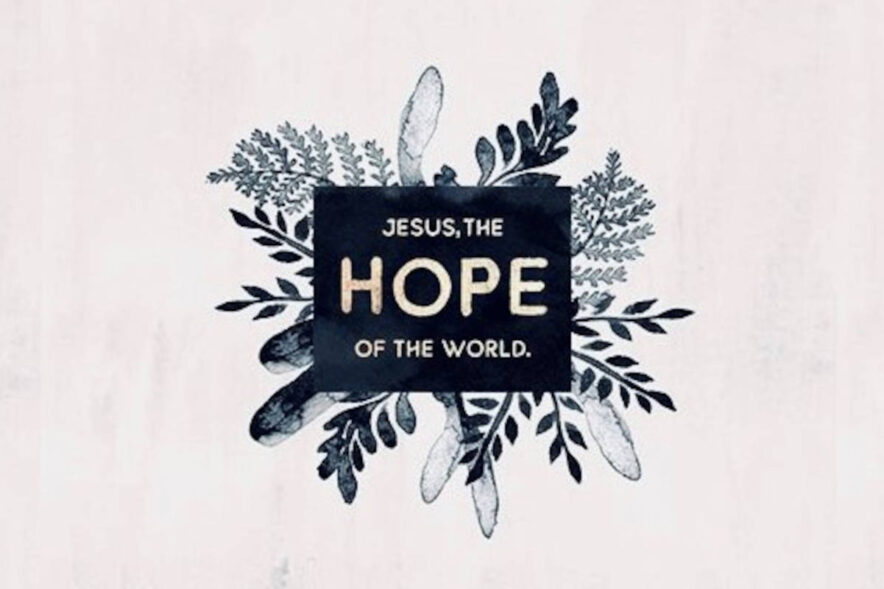There is no standard scholarly agreement on what exactly is meant by the word religion, so defining religion (from...
Tag: beliefs
Showed 1 to 3 posts out of 3 total under "Tag: beliefs" category.
(Not a reader? Take a listen instead ⇓) “Behold, the virgin will be with child and will give...
One of the most startling pieces of information that we are given in relation to Jesus is the fact that...





